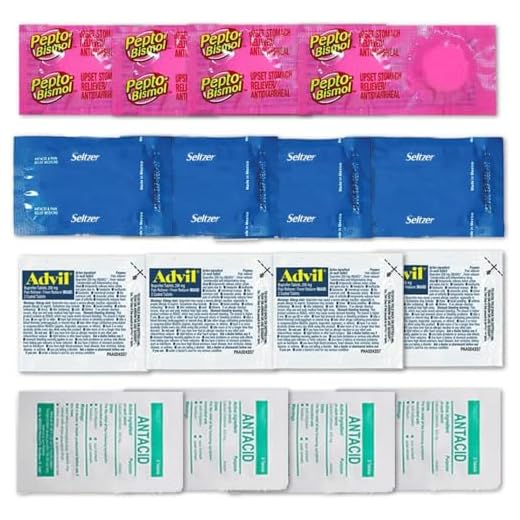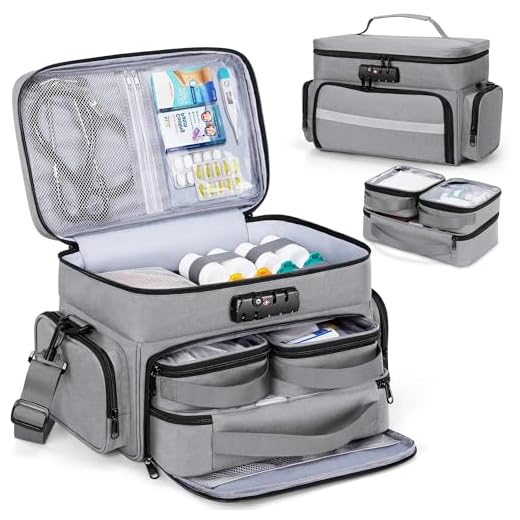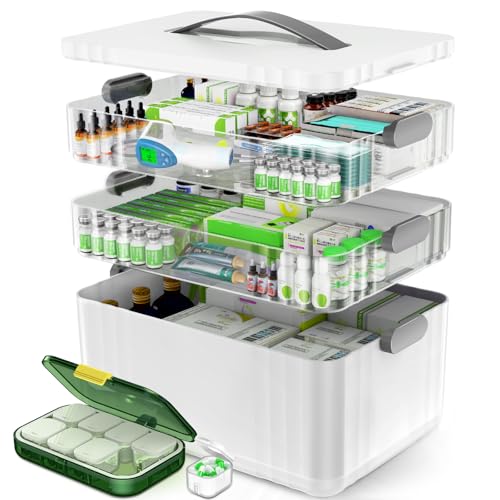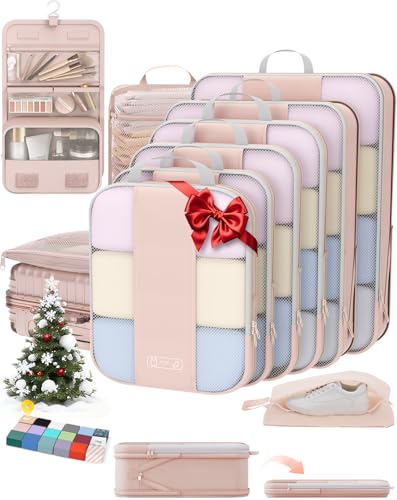



U.S. Transportation Security Administration allows drugs to travel in both cabin and aircraft hold, but screening and access differ. Medically necessary liquids exceeding 100 mL are permitted in the cabin when declared at the checkpoint. Insulin, injectable therapies and associated devices may be carried through security with separate screening; keep devices and supplies accessible for inspection.
For international trips, many countries restrict opioids, stimulants, certain benzodiazepines and some decongestants. Examples: Singapore, the United Arab Emirates and Australia impose strict controls or require import permits for specific controlled compounds. Obtain a written letter from the prescribing clinician listing generic names, dosages and treatment duration, and check embassy or national health authority guidance before departure.
Labeling and documentation reduce risk of seizure or delay: retain original pharmacy-labeled containers, include a copy of the dispensing record and a clinician’s letter translated into English when necessary, and list active ingredients by generic name. Carry a sufficient supply for the trip plus an extra day in the cabin; if a split between cabin and aircraft hold is unavoidable, ensure critical doses remain in the cabin.
Temperature-sensitive items should travel in insulated cases with gel packs or an approved cold pack; inform the airline about special handling requirements. Declare controlled substances at customs where required, and notify the carrier in advance if needles, syringes or narcotics are part of the travel kit. When in doubt, consult the airline, national embassy and local health authority for written confirmation before departure.
Transporting doctor‑prescribed meds: hold baggage versus carry‑on
Immediate recommendation: keep the full daily supply of doctor‑prescribed meds inside carry‑on; only secondary sealed backups should go into hold baggage if absolutely required.
Documentation checklist
Carry original pharmacy labels showing passenger name, drug name (both brand and generic), dosage and prescribing clinician. Add an Rx note or signed physician letter stating medical necessity and storage conditions. For controlled substances, obtain written authorization and check embassy or customs guidance for the destination; some jurisdictions require permits or prohibit specific agents.
Screening, quantities and injectables
TSA and many international screeners permit medically necessary liquids above 3.4 oz in carry‑on when declared at the checkpoint; present labels and declare the items before screening. Syringes and injectable treatments are allowed with documentation; keep needles in original packaging and display the doctor’s note at security. Request screening assistance (TSA Cares in the U.S.) when mobility or special handling is needed.
Storage tips: use original containers for verification, plus a small daily organizer for convenience. For temperature‑sensitive therapies, use an insulated case with reusable gel packs in the carry‑on; notify screening staff since gel packs may be inspected or removed. Pack an extra 48–72 hours’ supply and a list of generic names, dosing schedule and pharmacist contact details in case of delays or loss of hold baggage.
Are prescribed drugs permitted in airline hold baggage under TSA and carrier rules?
Store prescribed drugs in carry-on when feasible; if stored in hold baggage, retain original pharmacy containers with the prescribing clinician’s written order, a printed list of active agents and dosages, and temperature-control measures for heat- or cold-sensitive items.
TSA rules
TSA permits prescription-strength and other therapeutics in both carry-on and hold baggage with no federal quantity cap. Medically necessary liquids are exempt from the 3.4 oz (100 ml) limit only when carried in the cabin and must be declared at the checkpoint for inspection; that exemption does not apply to hold baggage screening. Security officers may open containers for inspection. Sharps and injectables are allowed in carry-on when declared; many carriers require them in cabin if batteries or monitoring devices are involved. Keep original pharmacy labels available for inspection.
Airline and international differences
Individual carriers set additional rules: some prohibit high-value or temperature-sensitive items in hold storage, others require advance notice for onboard oxygen or medical devices. International entry/exit laws vary widely–several countries restrict opioids, benzodiazepines and certain stimulants and expect a clinician’s letter (often translated) plus original packaging. For controlled substances, check both airline policy and destination customs/health authorities before travel; absence of proper documentation may lead to seizure, fines or criminal charges.
| Authority | Allowed in hold baggage? | Documentation recommended | Actions before departure |
|---|---|---|---|
| TSA (U.S. domestic) | Yes (no federal quantity limit) | Original pharmacy label; clinician’s note if complex therapy | Declare medically necessary liquids at checkpoint if in cabin; keep labels accessible |
| Domestic airlines | Generally yes, but risk of loss/temperature damage | Carrier-specific forms if requesting onboard services (oxygen, refrigeration) | Check airline policy for batteries, injectables, and valuables |
| International airlines & customs | Varies by destination | Clinician’s letter (translated if needed); original packaging; limited supply documentation | Confirm entry requirements with embassy and carrier well in advance |
| Controlled substances | Permitted with proper documentation in many jurisdictions | Prescribing clinician’s written order; manifest of quantities; import permits if required | Obtain permits/letters early; avoid quantities exceeding therapeutic use |
Pre-departure checklist: prefer cabin carriage for immediate access; verify airline rules for batteries and refrigerated storage; obtain clinician’s written order and keep pharmacy labels and a treatment summary handy; confirm destination import rules and obtain permits when required.
Documents to justify pharmaceuticals stowed in the aircraft hold
Carry an original physician’s letter on official letterhead naming the traveller (as in passport), including passport number, full generic and brand names of each drug, exact daily dosage, total quantity for the trip, therapeutic indication or diagnosis, date of issue, clinician’s full name, licence or registration number, clinic address and a direct contact phone or email.
Physician’s letter: required format and details
Letter must be dated and signed; typewritten is preferred. Use generic active ingredients alongside brand names and give quantities both as units and as total milligrams (for liquids, state volume and concentration). State the duration of treatment (e.g., “30 days’ supply”). If treatment is temperature-sensitive, specify storage conditions and include any monitoring instructions.
For controlled substances, include the legal justification for personal use and reference the prescribing authority or national scheduling code. Attach a copy of the prescriber’s medical licence or registration page when available.
Other documents to carry
Original pharmacy dispensing labels showing traveller name, dispensing date, quantity dispensed and pharmacist contact details; itemised pharmacy receipt matching the labels; a printed summary of the active ingredients and package inserts for each product (English plus destination-language translation if needed).
Carry at least two printed copies of every key document and one clear digital copy accessible offline (PDF on phone or USB). For travel between nations, obtain certified translations or notarisation and an apostille for documents required by the destination’s health authority.
Before departure secure any destination-specific permits: many states limit to 30–90 days’ supply for personal use; some require prior written import authorisation for opioids, strong stimulants or benzodiazepines. Contact the destination embassy or its health regulator for exact permit names and lead times; when a permit is issued, retain the original and an electronic copy.
Present originals and translated copies on request to airline agents, security officers or customs officials at departure and arrival. Keep contact details of the prescribing clinic to facilitate rapid verification.
For unrelated travel equipment and coverage options consult best waranty patio umbrella.
How to store and label pharmaceuticals to resist temperature, pressure and impact in the aircraft hold
Keep pharmaceuticals in original pharmacy containers with intact labels and place them inside an insulated, crush‑resistant hard case surrounded by soft clothing or foam.
- Temperature targets:
- Refrigerated items: maintain 2–8°C (36–46°F) using phase‑change cold packs or medical coolers designed for that range; avoid direct contact between frozen packs and vials/pens by wrapping in cloth.
- Room‑temperature items: aim for 15–25°C (59–77°F); avoid exposure above 30°C (86°F) which accelerates degradation.
- Freeze‑sensitive solids and liquids: prevent exposure below 0°C (32°F); include thermal insulation and avoid placing against exterior walls of suitcase.
- Pressure and container integrity:
- Expect aircraft pressure roughly equivalent to 6,000–8,000 ft (1,800–2,400 m); sealed liquid containers can expand–leave headspace in refillable containers or use vented caps where appropriate.
- Aerosol canisters and pressurized pens: secure caps, enclose in zip‑lock bags, and cushion with bubble wrap to reduce rupture risk.
- Vials and ampoules: place upright in individual padded sleeves or foam inserts to prevent fracture under impact.
- Mechanical damage protection:
- Hard‑shell carry cases or small Pelican‑style boxes provide crush resistance; position the box at the suitcase center surrounded by clothing for additional shock absorption.
- Use rigid pill organizers only for short trips; long transit requires original blister packs or pharmacy bottles inside protective casing.
- Seal all containers in heavy‑duty, waterproof resealable bags to prevent contamination from spills.
- Labelling and monitoring:
- Apply waterproof, printed labels to outer container listing: full name of owner, drug name (generic and brand), strength, dosage form, dosing frequency, storage temperature range and a local emergency contact.
- Affix a visible sticker such as “Temperature‑sensitive – refrigeration may be required” when applicable; place an identical label inside the insulated box.
- Include a single‑use temperature indicator strip or a small electronic data logger inside the insulated compartment to record excursions during transit.
- Practical steps before transit:
- Condition gel packs to the correct temperature before insertion; frozen packs can damage insulin and similar biologics.
- Pad fragile items with foam inserts or clothing and avoid placing them near wheels or zippers where pressure is highest.
- Attach a visible external tag and register tracking devices to the main suitcase; consider best luggage finder tags to speed recovery if lost.
For high‑value biologics or cold chain products, arrange specialized courier or airline-approved medical transport whenever available rather than stowing in standard checked bags.
Declare controlled substances and obtain export/import authorisations before departure
Declare any controlled substances to customs officers at both exit and entry points and secure official export and import permits when required; failure to do so can lead to seizure, fines, detention or criminal prosecution.
Which authorities issue permits
Contact the exporting country’s drug enforcement or health authority for export authorisation (examples: United States – DEA Office of Diversion Control; United Kingdom – Home Office Export Licensing Unit; Australia – Department of Health/TGA guidance). Contact the destination state’s competent body for import licences or medical import exemptions (examples: Japan – MHLW; Singapore – Health Sciences Authority; UAE – Ministry of Health). For certain international transfers, the International Narcotics Control Board (INCB) provides guidance and may be involved in cross-border authorisations.
Practical compliance steps
1) Verify legal status and maximum allowed quantity at destination: many jurisdictions permit only a 30‑day supply of opioids or psychotropics without a formal import permit; others ban specific substances entirely.
2) Obtain a medical certificate on clinician letterhead in English listing generic drug names, daily dose, total quantity for travel period and diagnosis; include prescriber contact details and patient name matching travel documents.
3) Apply for written export/import licences where required well before travel; allow several weeks for processing for controlled or Schedule I/II substances.
4) Transport original pharmacy containers and retain dispensing documentation and export/import permits together in carry items for presentation to customs and enforcement officers; expect inspections and possible testing.
5) Notify the airline about any controlled substances intended for the hold area and confirm airline policy and documentation requirements; allow extra time at airports for customs checks.
6) If a substance is prohibited at destination, arrange alternative therapy before travel or obtain legal importation through the destination’s medical emergency procedures; do not attempt undeclared entry.
Immediate steps and claims process if prescribed medicines are lost, damaged or confiscated from hold baggage
Report at once: obtain a written incident number from the carrier or screening authority before leaving the airport.
At the airport – Present the boarding pass and baggage tag, request a Property Irregularity Report (PIR) or equivalent incident form from the airline desk, and demand a written seizure/withdrawal notice from any security or customs officer who removed items. Photograph the empty container(s), packaging, and baggage interior, and keep originals of pharmacy labels, prescription bottles, and any receipts.
Documentation to collect – PIR/case number; boarding pass/ticket; baggage tag; written seizure notice with officer name and contact details; original pharmacy receipts and label(s); a signed medical note describing the necessity and dosage schedule for the prescribed regimen; photos showing damage or absence; proof of purchase for emergency replacements.
Deadlines for claims – For international journeys under the Montreal Convention, file a written claim with the carrier within 7 days for damaged goods and within 21 days for delayed or lost items (counting from the date baggage was made available). Keep signed copies of submissions. For domestic travel, follow the carrier’s contract of carriage and meet its stated time limits (most major carriers specify a similar short-term window).
Filing the carrier claim – Submit an itemized inventory with individual values, attach receipts and medical documentation, quote the PIR number, and request reimbursement or replacement. Request written acknowledgement and an estimated response date. If emergency replacement drugs were purchased locally, include pharmacy invoices to seek reimbursement.
If items were seized by security or customs – Obtain the official seizure notice immediately; that document contains the administrative appeal instructions and agency contact. Follow the prescribed administrative petition process with the seizing agency (TSA, CBP or local authority) before pursuing judicial remedies; when seizure involves possible criminal investigation, obtain legal counsel.
Insurance and escalation – Lodge a parallel claim with travel or medical insurance as soon as possible and attach the same evidence. If the carrier denies liability or offers inadequate settlement, escalate to the national aviation consumer authority (for U.S. flights, DOT Aviation Consumer Protection) or initiate litigation under the Montreal Convention (two-year limitation period applies for legal actions).
Compensation limits and expectations – Under the Montreal Convention, liability for checked items is limited to 1,288 SDR (approximately USD 1,700–1,800 at recent rates) per passenger; higher recovery may be pursued if declared value and carrier acceptance occurred in advance, or via separate insurer coverage.
Practical tips for faster resolution – Keep all originals and submit digital copies by email and certified mail; demand written status updates; note names, dates and times of all calls; obtain receipts for emergency refills and keep the discarded packaging for proof. Retain every communication for the two-year potential legal period.
For non-urgent time between claim tasks, consider visiting local attractions such as the best aquarium in new york city while awaiting carrier response.







